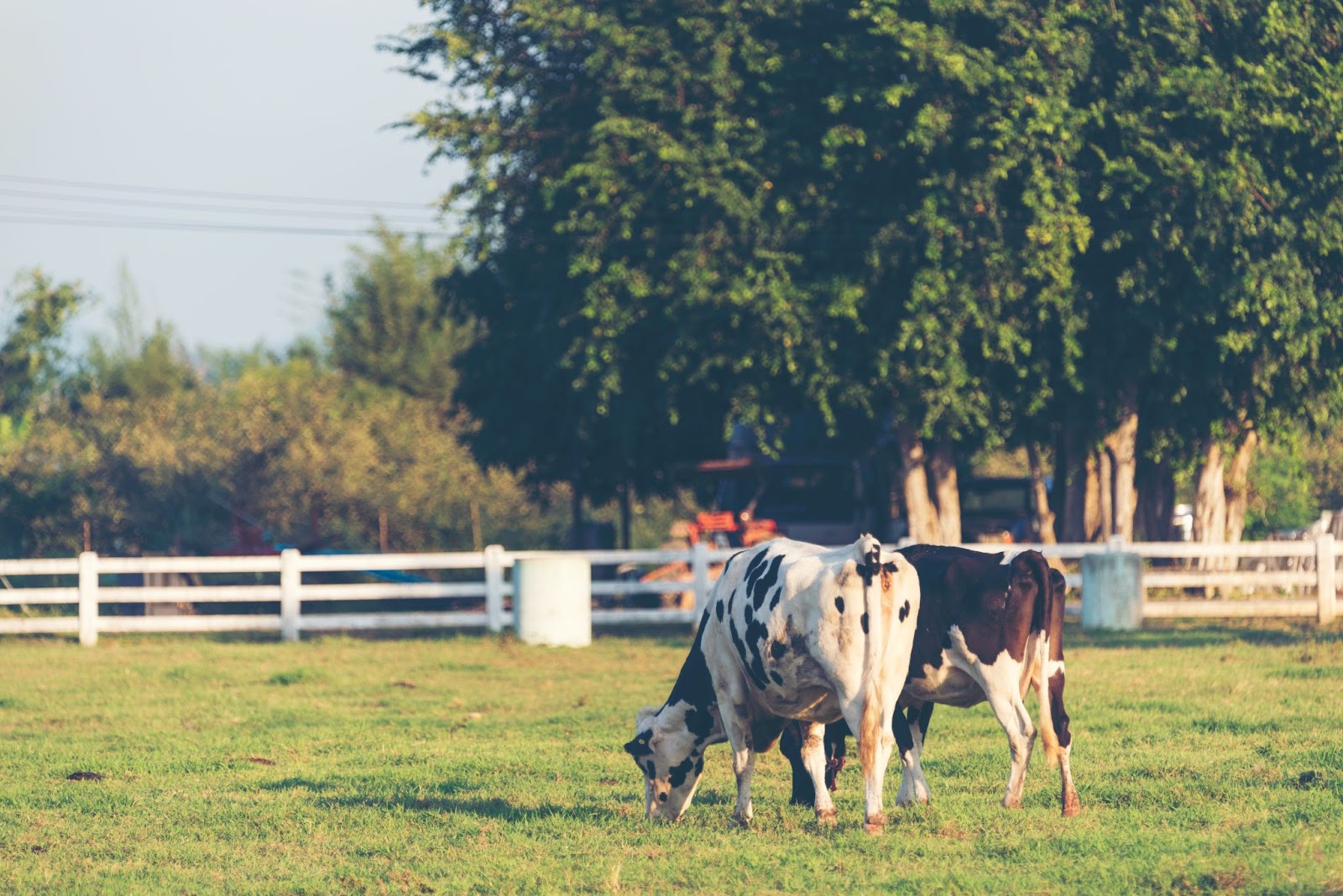How Automation is Improving Dairy Production
India has been the leading producer and consumer of dairy products worldwide since 1998, with sustained growth in the availability of milk and milk-related products. Dairy activities are an essential pillar of the rural Indian economy, forming a vital source of income and employment for a large Indian population. The dairy sector in India has become an essential tool for socio-economic development. The Indian dairy industry, therefore, holds tremendous potential for value-addition and overall growth.
Dairy automation systems provide effective services and solutions that deliver value-added services to the dairy farming business, ensuring continually enhanced productivity at an affordable cost of production.
Automation in dairy farms can be seen improving profitability, animal health, lifestyle, and milk quality. This revolutionary step saves time and provides information that enables dairy farmers to be proactive rather than reactive, especially in terms of nutrition, reproduction, and animal health.
Generally, automation falls within three main areas:
- Automation of milking-related tasks
- Monitoring the cattle for more accurate decisions about health and nutrition
- Automation of labor-intensive tasks such as feeding.
Dairy herd management is another aspect of dairy automation that seeks to maintain a lifetime animal record of cows and buffaloes. Together, data analysis and management information systems custom design a report on different breeds’ fertility and production. It aims to be so accessible that a moderately literate farmer can also operate the software categories of animals such as – calves, heifers, adults, breeding bulls, and working bullocks. Records of culled, sold or dead animals maintained in archive files provide details of treatment given during the entire herd lifetime. Master entries, breeding, production, health/lifetime records, reports and herd performance analysis fall under this examination report, including the feeding details of each animal.
Features of a typical dairy data management system include-
- Growth measurements
- Herd grouping
- Vet checklist (herd health analysis)
- Breeding program
- Group movement
- Bulk tank & equipment details
- Dairy economic links
- Production costs
- Classification
- Genetic indexes
- Pedigrees
- Parentage
- Total lactation production
- Vaccination scheduling
- Family trees
- Links with milking parlour systems
- Calving data
- Body condition scores
- Disease records
- Health test information & results, etc.
Some of the solutions provided by these automated dairy systems are:
- Automatic/Manual Milking System
- Milk cooling
- Dairy Herd Management
- Production
- Tracking
- Breeding/Health – Lifetime Reports
- Feed/Manure Management
- Performance Monitor Reports
- Human Resource Management
- Accounting or Budgeting
- Inventory
- Security
There is a need for automation in dairy to increase production, make more profits, and get better returns from the invested labor. Automation has made it easier for locals to manage, monitor and control their dairy activities efficiently. Under this technology, milk parlours maintain a database for the cattle. An indicator lamp system also auto-detects instances of non-milking or non-registration of milk in a storage unit or if the cattle have not ingested the prescribed diet. These small yet purposeful methods help in achieving a record for milk collection volumes. Automation in dairy manages most milking point activities such as milk yield recording, pulsation, soft stimulation, and cluster removal. Farms are automated to monitor various activities like feeding, milking, and cleaning. Other than that, farms are equipped with milking machines and dung scrapers. Besides, mobile veterinary staff provides medical services to farmers such as Artificial Insemination and pregnancy diagnosis.
DAPL (previously known as e-Doodh Solutions Pvt. Ltd) has established itself as a leader in innovating and implementing cost-effective, technologically driven solutions for the dairy sector. It offers state-of-the-art technology that enhances the value to customers through a combination of multiple high-end technologies for complete solutions.
The Chitale Dairy is one such dairy automation company that has empowered farmers with micro and macro scientific and technical know-how to help them broaden the expanses of their operations. Pioneering the concept of satellite farms, they have extended unconditional technical assistance and a 25% subsidy for facility expansion purposes to farmers in surrounding villages.
Conclusion:
Experts suggest that businesses worldwide are busy trying to reduce their cost base to keep afloat and the dairy industry is no exception. The goal of doing more with less can be achieved by supporting farm managers with suitable technology- not rocket-science inventions necessarily, but straightforward solutions that are readily available can make a difference.
The improved production efficiency within areas like nutrition, reproduction, and cattle comfort also supports more sustainable dairy farming. These are factors that can help mitigate greenhouse gas emissions, suggesting a study conducted by Mithloener and Place at the University of California.
Like every other coin, dairy automation, too, has a downside to it. These include loss of employment opportunities, mismanagement, the increased gap between small and medium to big farmers. Many environmental factors must be taken into account. Stepping into the automated dairy production scenario is a big commitment that requires planning and effective analysis of resources. One must make a sound decision and choose the right.

